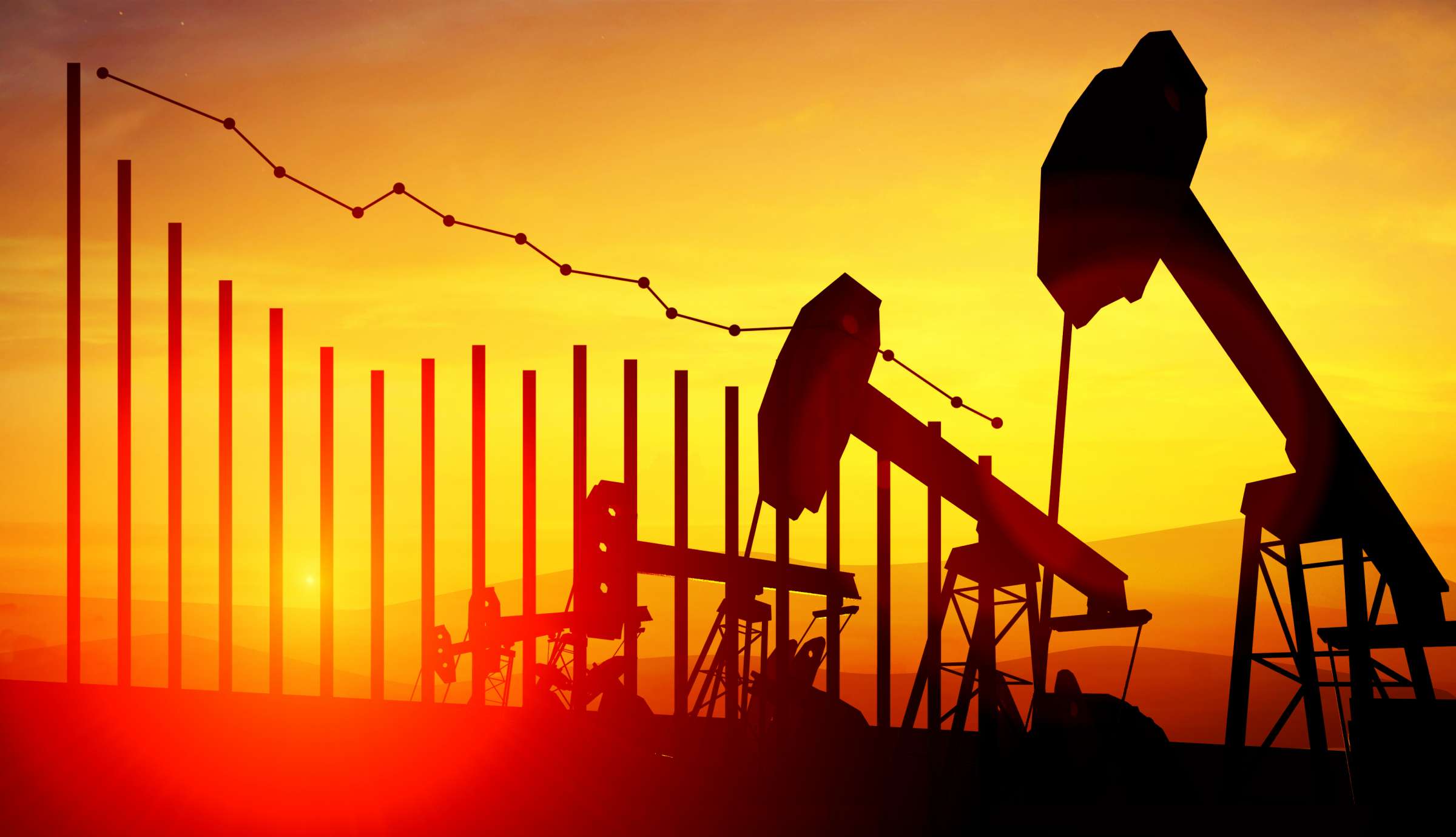Applying Machine Learning for Accurate, Timely Oil and Gas Production Forecasting
Looking for examples of how to apply machine learning to solve real business challenges? Here’s an example of how one oil & gas company uses machine learning to get insights from high volumes of well data to optimize production and equipment performance.
Oil & gas companies put a lot of investment into exploring and extracting resources from wells, so when they can achieve more accurate forecasting, it helps with cash flow, net present value (NPV) and internal rate of return (IRR) calculations.
Multi-variate analysis and interpretation of reservoir behavior is fundamental to future production forecasts. The challenge is that well productively is heavily affected by completion characteristics, yet the physics of well fluid flow are often unclear, making it difficult to predict production and estimate the ultimate recovery in reservoirs. It’s also very time consuming to investigate and analyze production rates of existing wells across the reservoir, leaving production engineers with less time to focus on meaningful what-if scenarios around well performance.
The Challenge with Traditional Decline Curve Analysis
The technique that is generally used to estimate a well’s future production is called Decline Curve Analysis (DCA). From the early years of the twentieth century, this method has changed from using empirical rate curves to the use of hyperbolic curve equations, like below.
Conventional DCA is used to provide deterministic estimates for future performance and remaining reserves. But several assumptions and restrictions apply, and the deterministic prediction of future declines is often far from actual production trends, so it’s not an actual indication of true reserves.
Due to the uncertain nature of the deterministic methodology, the simplistic sampling techniques used, and the complex nature of data, many upstream companies do not fully understand the integrity the wells they manage. It can also take weeks or months to establish and model alternative scenarios. To make matters worse, the number of wells each reservoir engineer must analyze is growing, which delays timely estimated ultimate recovery (EUR) calculations that help identify candidates for stimulation or shut-in. As a result, exploration and production (E&P) companies miss many opportunities to capitalize on real-time market conditions.
Fixing DCA Inefficiency with Machine Learning
E&P companies already collect vast amounts of data related to production history, reservoir geology, completion designs, pressure history and other operational parameters. Machine learning has proved to be an effective tool to predict problems and down-time, especially when large datasets are readily available.
Deep learning is a machine learning technique that teaches computers to do what comes naturally to humans: learn by example. Deep learning is a key technology behind driverless cars, enabling them to recognize a stop sign, or to distinguish a pedestrian from a lamppost.
For E&P companies, deep learning is well suited to assimilate data from hundreds of variables to find correlations and patterns, with data-driven models that continuously learn and improve from new data.
By using machine learning to automate the entire modeling and forecasting process, reservoir engineering teams can integrate day-to-day field conditions, real-time data from production facilities, and field operational constraints – like offset frac – to conduct what-if scenarios that affect production forecasting. With machine learning, the models can consider a larger and more diverse input dataset, making the decline curve analysis process more accurate and realistic.
The machine learning tools and frameworks available today can automate this process; from collection of data from multiple sources to cleaning and processing data, conducting feature engineering, predicting results and providing insights when and where they are needed. Today’s machine learning tools are easy to integrate into daily workflows, making the process highly efficient and still offering ample flexibility to change in future.
Expanding Benefits Beyond Reservoir Engineering
When it comes to accurate production forecasting, machine learning has distinct advantages over traditional DCA calculations, helping companies thrive and grow in a tight commodity, price-driven market.
Insights from this process can benefit operations teams as well. In unconventional shale oil production, operations teams are usually in charge of maintaining and running field equipment to produce wells, and typically rely on reservoir and production teams to advise them on artificial lift strategies for single well or multi-well production optimization. The automated workflows enabled by machine learning act as a connected highway that enables the seamless exchange of insights between various teams. This innately breaks down silos and fosters innovative growth in the organization.
Getting Started with Machine Learning for Oil & Gas
There are many opportunities to apply machine learning to enable smart connected operations in industries like oil & gas. Any company with large capital equipment in the field can benefit from connected equipment and the data it generates. However, many companies experience internal barriers and challenges.
The key is to take a holistic approach to implementation, considering more than just the technology platform itself. Companies also need a practical strategy that articulates key areas of potential value, a change process and training strategy, and a plan for building any newly required internal skills.
Companies that do it right create a foundational digital capability that empowers people and teams to make more accurate decisions and to predict and prevent problems.
Learn More:
Download our eBook for more detail on key use cases where E&P companies can benefit from smart connected field operations, and how to implement SCO in shale operations
